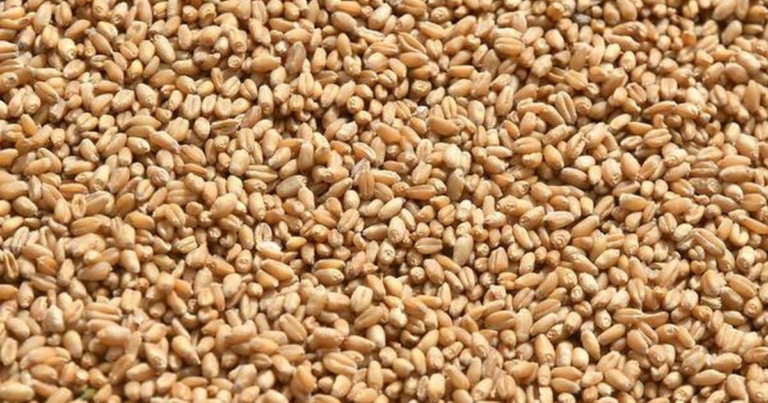Bhalia wheat is a variety of wheat with high protein content and rich in gluten which is grown in Bhal region of Indian state of Gujarat. Bhalia wheat has also a high proportion of carotene which is a good immunity booster. Ahmedabad, Bhavnagar and Anand districts of Bhal region produce majority of Bhalia wheat. The name Bhalia is derived from the “Bhal” the region in which this variant of wheat is cultivated. Bhalia wheat is also known as Daudkhani wheat because Daudkhani taluk of Ahmedabad district is the largest producer of Bhalia wheat.
Bhal region is surrounded by Gulf of Cambay in the Arabian Sea. During the south west monsoon season (June, July, August and September), the water intrudes in the fields and remains in the soil until October and November. Sowing Bhalia wheat seeds start in October and November. So additional water is not required for the Bhalia wheat until it harvests in the months of March and April. Ideal temperature for Bhalia wheat is 10 – 15° C at sowing time and 20 – 26° C at harvesting time. 75 to 100cm of annual rainfall is required for the Bhalia farming. It is a unique variety of wheat which different from other varieties of wheat in India. Compared to Sharbati wheat variant, its length and width is bigger than Sharbati, a popular Indian variety.
GI Tag for Bhalia wheat
Bhalia variety of wheat received Geographical Indication Tag or GI Tag in July 2011. GI is used to identify goods having special characteristics originating a definite geographical area. First shipment of Geographical Indication (GI) certified Bhalia wheat was exported to Kenya and Sri Lanka from Gujarat, giving a boost to wheat export.



Add a Comment